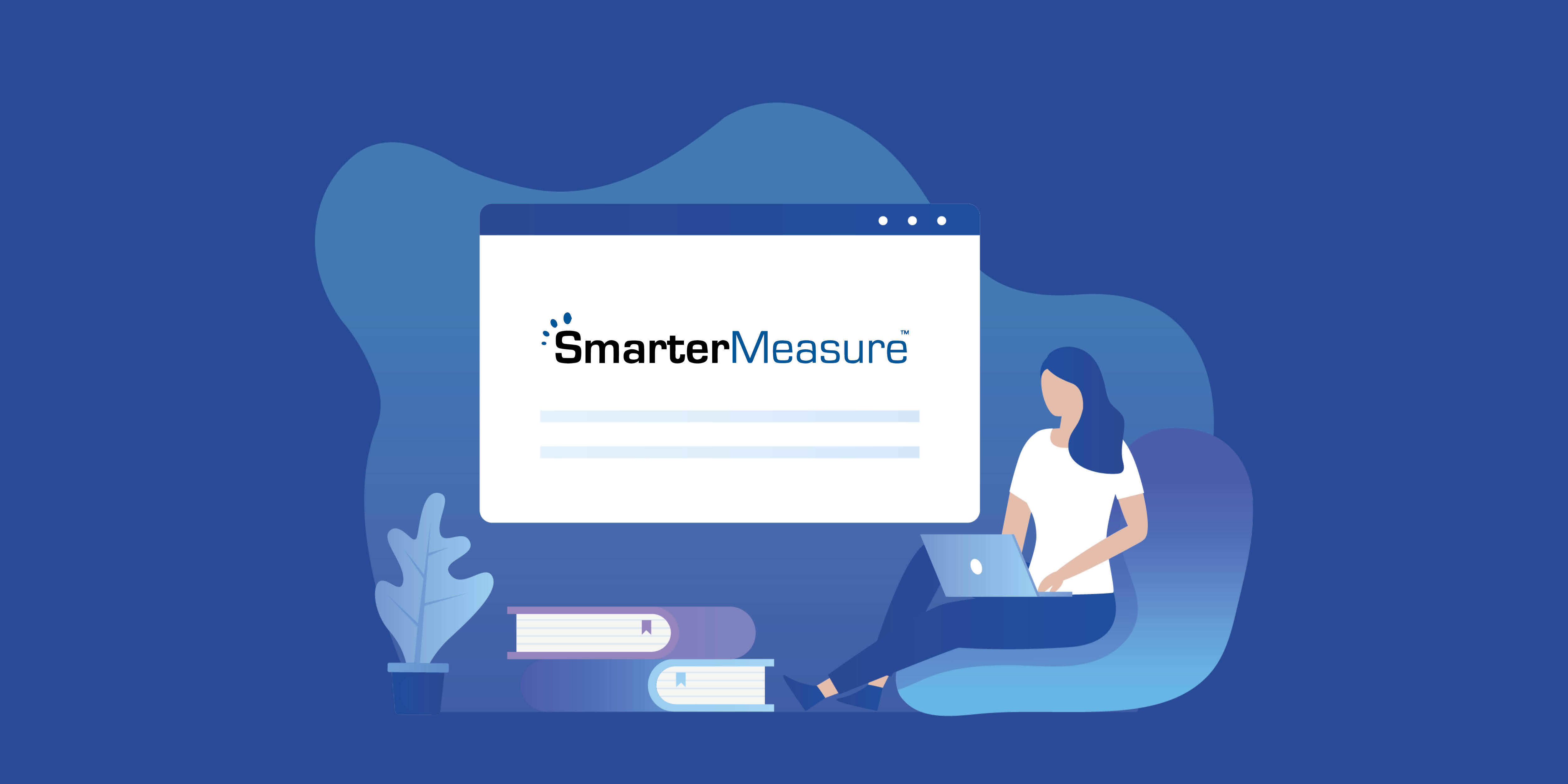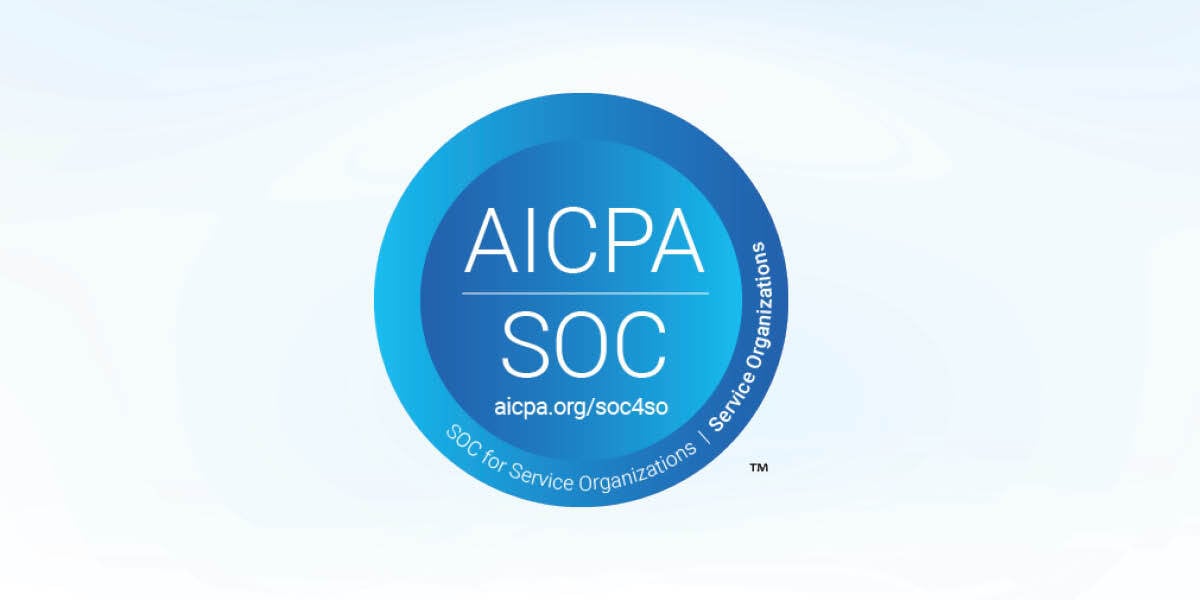
The Pew Research Center surveyed thousands of Americans to identify both positive and negative outcomes of the pandemic. Obviously, with the pandemic being a tragedy on a global scale, the negatives far outweigh the positives. But an emotionally healthy response is to acknowledge that for many persons and businesses there are silver linings.
In this blog, we will review some of those silver linings, while specifically showcasing how savvy testing centers have figured out how to leverage technology to not only continue their services during the pandemic, but to expand the scope of their services permanently.
Watch this short video to learn more or scroll down to read the video overview.
Video Overview
Personal Silver Linings
One of the positives noted in the Pew Research Center survey was that life has slowed down just a bit. Prior to the pandemic when you asked someone how they were doing, they might often reply that they are just so busy. But being quarantined changed that and many persons are intentionally now not allowing themselves to now become so over-programmed.
Others commented that they have learned to focus on who and what matters to them most. Many persons reported a renewed closeness to family and improved habits in the areas of exercise, eating right, and healthy hobbies such as yoga.
Ironically, even though we may be more physically distant from others, an awareness of the struggles of persons other than ourselves seems to have increased. The persistent pain and death suffered by so many have prompted us to see the bigger picture beyond ourselves and our own social circles. Charitable online services such as GoFundMe and services that deliver groceries to senior citizens have seen marked increases in usage.
Professional Silver Linings
In addition to these and other personal silver linings, some professional silver linings have emerged as well. As many businesses have shifted to fully virtual or hybrid working environments and leaders have learned to trust employees while managing outcomes, not just direct observation.
Secondly, technology has been embraced as never before. Video conferencing has exploded to facilitate more than just committee meetings, but truly beneficial services such as telehealth appointments. Online counseling services have seen exponential growth improving the mental health of many persons. Tools such as Slack are fostering electronic collaboration making organizations more efficient.
Finally, many businesses have evolved to offer new services or provide their existing services in different ways. Restaurants that never focused on take-out have now perfected that practice. Churches are now streaming their gatherings. Universities that were not active in eLearning now have many more online course offerings.
The Pandemic Impact on Testing Centers
One type of business that was hard hit by the pandemic, especially during the early quarantine phase, was collegiate and professional testing centers. Because the nature of testing centers involves persons being in “clear and constant connection” for extended periods of time, many testing centers had to close their doors. When they did reopen it was to a limited number of test-takers and often for a limited number of hours.
But as did restaurants, churches, and universities, savvy testing centers have figured out how to leverage technology to not only continue their services during the pandemic, but to expand the scope of their services permanently.
Evolving Education through Hybrid Virtual Proctoring
In this post, I have mentioned a few online collaborative services such as video conferencing, GoFundMe, and Slack that have boomed during the pandemic. One such service that emerged due to the pandemic that is now allowing testing centers to evolve their business is Hybrid Virtual Proctoring that is provided by SmarterProctoring.
Using Hybrid Virtual Proctoring, testing centers can continue to use their trained proctoring workforce to provide live proctoring services, even while their proctors are working remotely.
The concept of live, virtual proctoring has been well established and accepted over the past decade at higher education institutions. It is typically provided by a live proctor who frequently is located in another country — which can be problematic. Hybrid Virtual Proctoring is a platform that allows the trained, professional proctors who are employees of the testing centers to serve as this live, virtual proctor as they are working remotely or even while they are at the testing center.
Utilizing this platform has not only allowed testing centers to maintain continuity of services while their center is closed or operating on a limited schedule or capacity, but many testing centers are now seeing that it can support them to expand the scope and capacity of their testing services.
In the typical, pre-pandemic model, testing centers were time and resource-constrained. They could only provide testing services during business hours, and they could only serve as many students as they had physical testing seats. But now, progressive testing centers are recognizing that they can scale their pool of trained proctors to provide live, virtual proctoring services at any time to a scalable number of test-takers.
Benefits of Hybrid Virtual Proctoring for Your Institution
When testing centers operate using Hybrid Virtual Proctoring, it benefits their institution in several ways.
First, they are in control of the quality of the live, virtual proctoring. One concern that some schools have had with commercial virtual proctoring services is quality control. When the school is using its own employees as the virtual proctors, they have complete control over the training, monitoring, and evaluation of the proctoring services.
Historically, one of the reasons why testing centers were established on college campuses was to provide assistive devices to persons who need accommodations during testing due to disabilities. However, this primary mission is often overshadowed and even compromised when such persons have trouble scheduling proctoring services because a multitude of other students now testing in the testing center. Hybrid Virtual Proctoring allows testing centers to shift some of this volume to hybrid virtual proctoring freeing up physical seats for those who need them the most.
Last but not least, is the fact that colleges can control the costs of virtual proctoring by using their own staff as the virtual proctors. One significant concern with commercially available virtual proctoring is the cost which commonly is around $25 per exam. This can be expensive whether the cost is paid by the school or charged to the student. Hybrid Virtual Proctoring provides AI-assisted monitoring to allow a single proctor to simultaneously monitor up to ten test takers. Suppose that school employee is compensated $20 per hour. This would effectively result in a proctor cost of only $2 per exam – a substantial cost saving to the school.
Start Expanding the Scope of Your Testing Center
If you would like to learn more about how your school, testing center, and most importantly, students can benefit by being proctored any time, by school personnel, at a reduced cost, reach out to schedule a demonstration of Hybrid Virtual Proctoring.
Expanding the scope of your testing center in this way may be a silver lining of the pandemic that benefits many persons for years to come.





.jpg)


